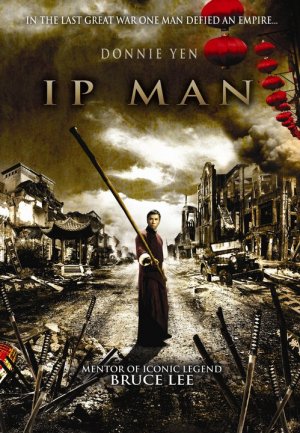Today in Becton Dickinson and Co. v. Tyco Healthcare Group, LP, 2009-1053 (July 29, 2010), Judges Linn and Mayer reversed Chief Judge Sleet of the U.S. District Court for the District of Delaware. Judge Gajarsa filed a dissenting opinion.
One issue that interested me from skimming this decision was that despite the court noting that the claim language was unambiguous, the majority still made the statement that the claims should be construed to preserve their validity. Since Liebel Flarsheim v. Medrad was decided in 2004, I have always been under the impression that claims should be construed to preserve their validity only where the claims are first determined to be ambiguous.
The panel first noted that the claims were unambiguous on page 8 of the opinion:
“The unambiguous language of the asserted claims, as well as the disclosure in the specification, requires an added spring element that moves the safety guard toward the tip of the needle.”
The opinion later goes into the analysis of preserving validity on page 12 of the opinion:
Furthermore, if the hinged arm and spring means are not separate structures, then the asserted claims are clearly invalid as obvious over the prior art. See Whittaker Corp. v. UNR Indus., Inc., 911 F.2d 709, 712 (Fed. Cir. 1990) (“[C]laims are generally construed so as to sustain their validity, if possible.”). The first three elements of Becton’s claimed invention—the needle, the protective guard, and the hinged arm—were disclosed in several prior art patents. See U.S. Patent Nos. 4,911,706; 4,898,589; 4,790,828. The Hagen patent, U.S. Patent No. 4,735,618, specifically discloses a safety needle, a guard and a hinged arm, which includes hinges comprised of thinned pieces of plastic. What distinguished the claimed invention from the prior art was the addition of a spring means separate from the hinged arm. See ’544 patent col.1 ll.33-34 (discussing “prior art needle shields [that] are hingedly attached to the hub of the needle cannula”).
In contrast, Liebel-Flarsheim v. Medrad, 358 F.3d 898, 911 (2004) states the following:
“This court has frequently alluded to the “familiar axiom that claims should be so construed, if possible, as to sustain their validity.” Rhine v. Casio, Inc., 183 F.3d 1342, 1345 (Fed.Cir.1999) (internal quotation marks omitted). At the same time, however, the court has “admonished against judicial rewriting of claims to preserve validity.” Id. Accordingly, unless the court concludes, after applying all the available tools of claim construction, that the claim is still ambiguous, the axiom regarding the construction to preserve the validity of the claim does not apply. See AK Steel Corp. v. Sollac & Ugine, 344 F.3d 1234, 1243 (Fed.Cir.2003) (“That axiom is a qualified one, dependent upon the likelihood that a validity-preserving interpretation would be a permissible one.”); Generation II Orthotics Inc. v. Med. Tech. Inc., 263 F.3d 1356, 1365 (Fed.Cir.2001) (“[C]laims can only be construed to preserve their validity where the proposed claim construction is `practicable,’ is based on sound claim construction principles, and does not revise or ignore the explicit language of the claims.”); Elekta Instrument S.A. v. O.U.R. Scientific Int’l, Inc., 214 F.3d 1302, 1309 (Fed.Cir.2000) (“having concluded that the amended claim is susceptible of only one reasonable construction, we cannot construe the claim differently from its plain meaning in order to preserve its validity”).”
Neither the majority opinion nor the dissent mentioned the Liebel-Flarsheim case.
You can read the Becton Dickinson opinion here: [Read].
